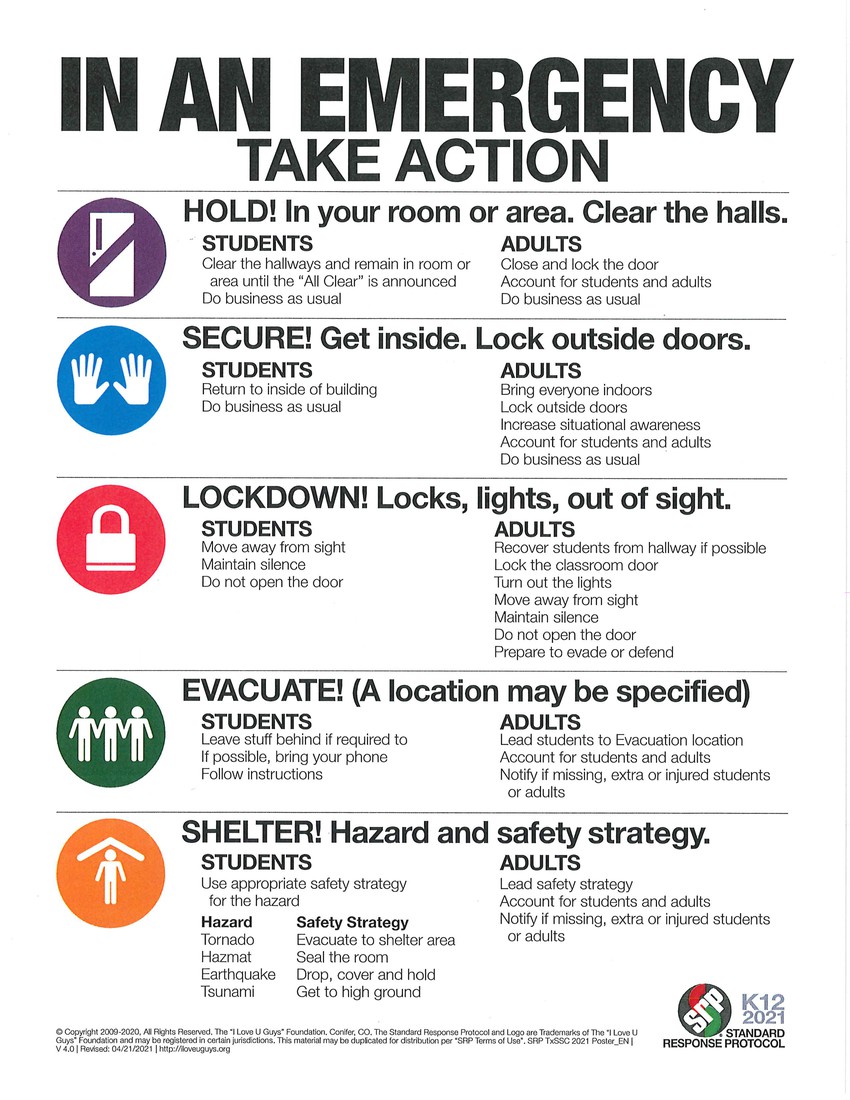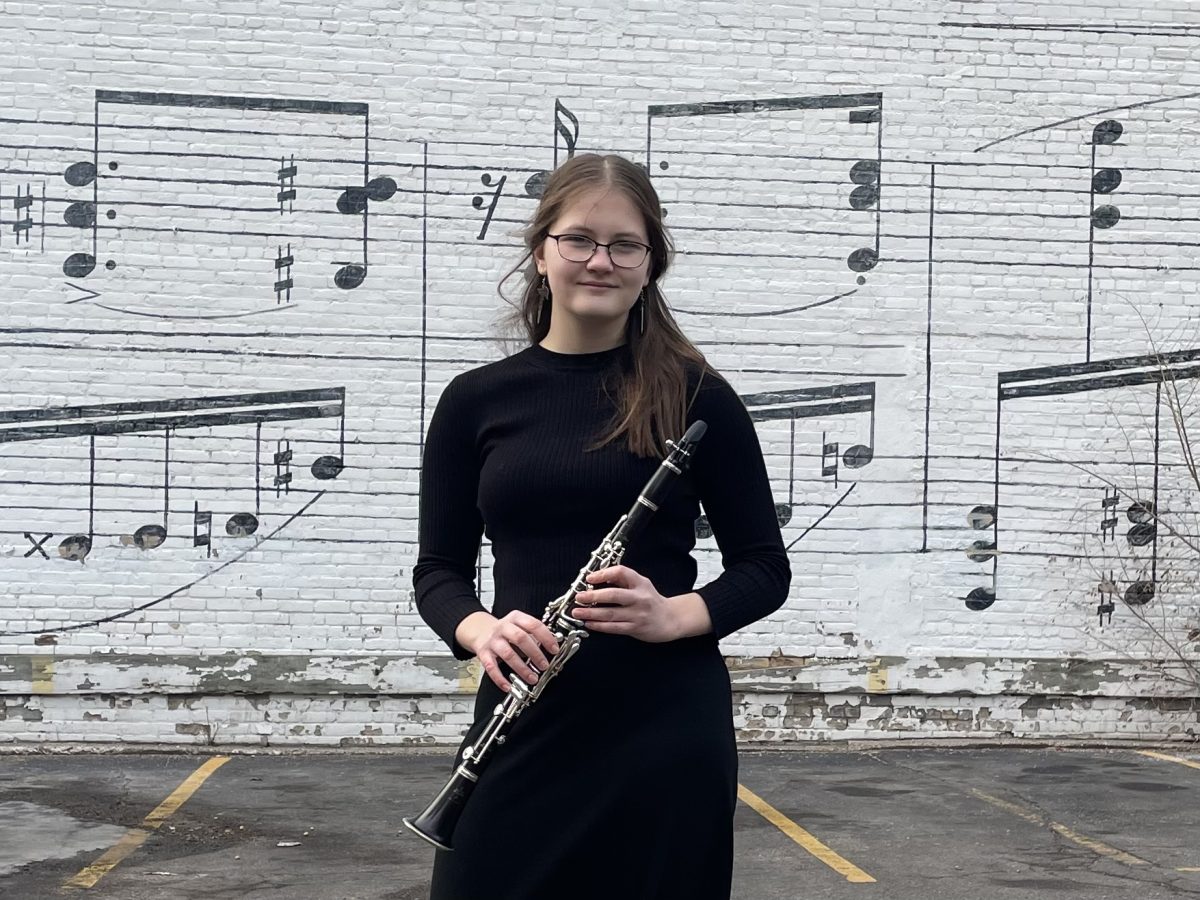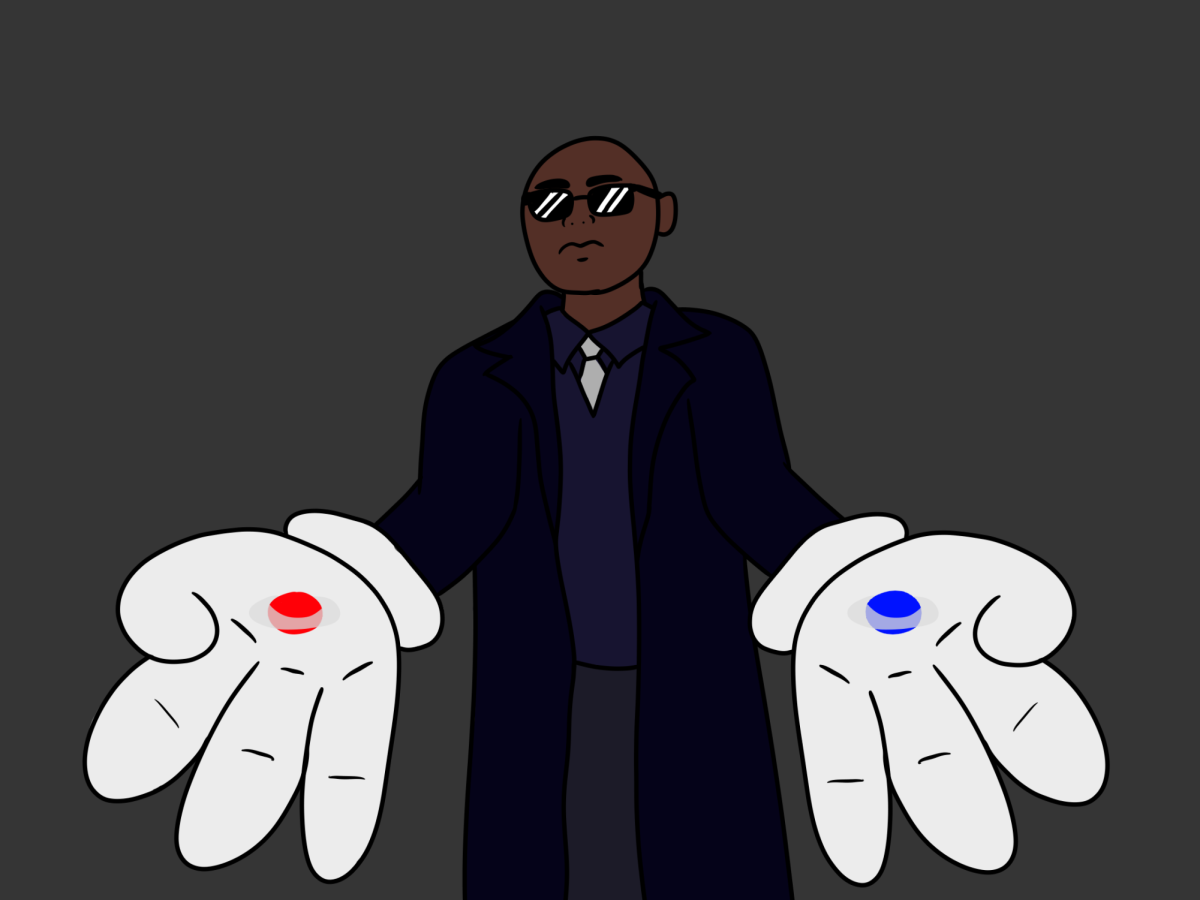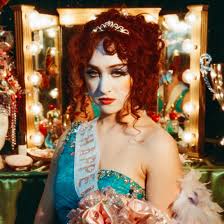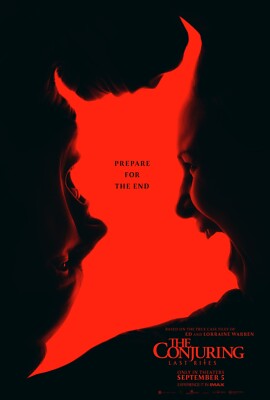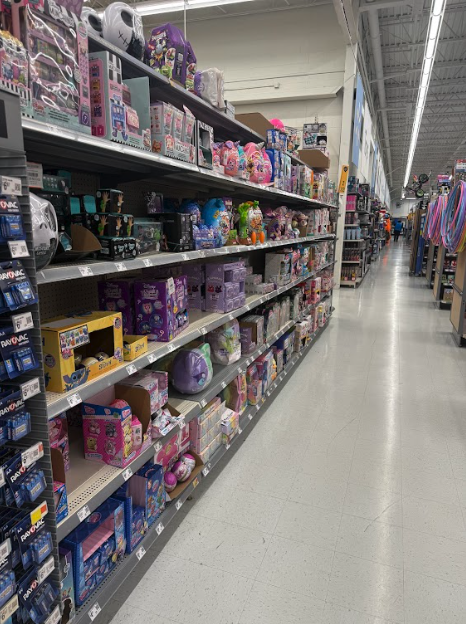Blind boxes have been a large part of my life ever since I was a kid. I would always watch videos of people opening a variety of blind boxes and bags made for children. Growing up and being able to purchase them for myself has made this obsession worse. From always throwing away money on a toy to having a designated “blind box” knife in my car for when I’m unable to open them with my hands, I’d say it’s a possible addiction.
Blind boxes have started to regain a large amount of traction in the last few years. People enjoy the mix of excitement and adrenaline they get from the anticipation of the unknown. You can find a blind box for basically any interest from animals to T.V. shows.
They all follow the same criteria for the most part. The majority of the options are categorized as “commons” which are easy to get. And a select few are considered to be the “rares” which are harder to get. Even though most blind boxes are just small collectables shoved into a box, they can get expensive. Though the main question is, are they really worth the price people pay?
The main reason for buying one is for the excitement. You get a large rush of adrenaline when you pop open the box. Many people also get the “collect them all” mentality, where you need to complete the set and get every available option including all the rare ones. This leads to getting duplicates and causing you to spend more money just to complete a set. You keep going back because of the emotional payoff you get from either getting the one you want or getting the rare pull.
The amount you pay can vary. It depends on many different factors including the fandom, popularity, what it exactly is or what it’s made out of. You can get ones at the Dollar Tree for as cheap as $1.25 but they aren’t really the same as one that would be more expensive. Some blind boxes can get really expensive just for one thing. The most controversial one is the Labubu from Pop Mart. They usually market for $30. They got traction due to them being “ugly” while also costing more than an average blind box. The main expense of these is the resale value. Some Labubu’s can be sold for double or even triple their original price. One rare Labubu has even been sold for $10,500.
Many also consume too much of these at once, instead of just buying one they decide to try to get the entire collection. Buying more than one of the same blind boxes can lead to duplicates and cause frustration when you don’t pull the ones you want. This just adds to the gambling effect of the blind boxes though. It gives you an extremely frustrating low just so the excitement of pulling something new is that much greater.
When you look back on opening a blind box, you will be way more focused on the excitement from the ones you got instead of the waiting and anger of duplicates. Unless you are a collector, these collectables don’t really hold any value beyond the emotional payoff. After getting the toy out of the box, the joy of opening it expires after just a few hours. That’s why people keep going back to them, to relive that joy and excitement. Even if after opening them they’re left with something that they don’t really have a use for. This changes if you’re an actual collector who is creating sets and are not just buying them for the adrenaline high. It’s hard to differentiate who is buying them for that high and who is buying them to actually enjoy the product.
The easier and cheaper option does seem to be to just watch someone else open them. Though they are fun to watch online, in my opinion, they don’t give you the same feeling as holding it in your hands. Even though blind boxes give people excitement, that excitement doesn’t last too long and after it fades you’re left with something you might not have even wanted. The price mixed with the possibility of not getting the one you want isn’t ideal for a common consumer. Blind boxes have a high price just for happiness that expires.

![“This [photo] is basically the same area,” said science teacher Todd Mikkelsen. “So that [the cover photo] was my photo at dusk. Here it is at night time and there’s something jetting up out of the ground. So it’s the same location, different dates, two different cameras picked up an anomaly in the same region.”](https://www.ahlahasa.com/wp-content/uploads/2025/09/Ghost-Cover-1200x901.png)
